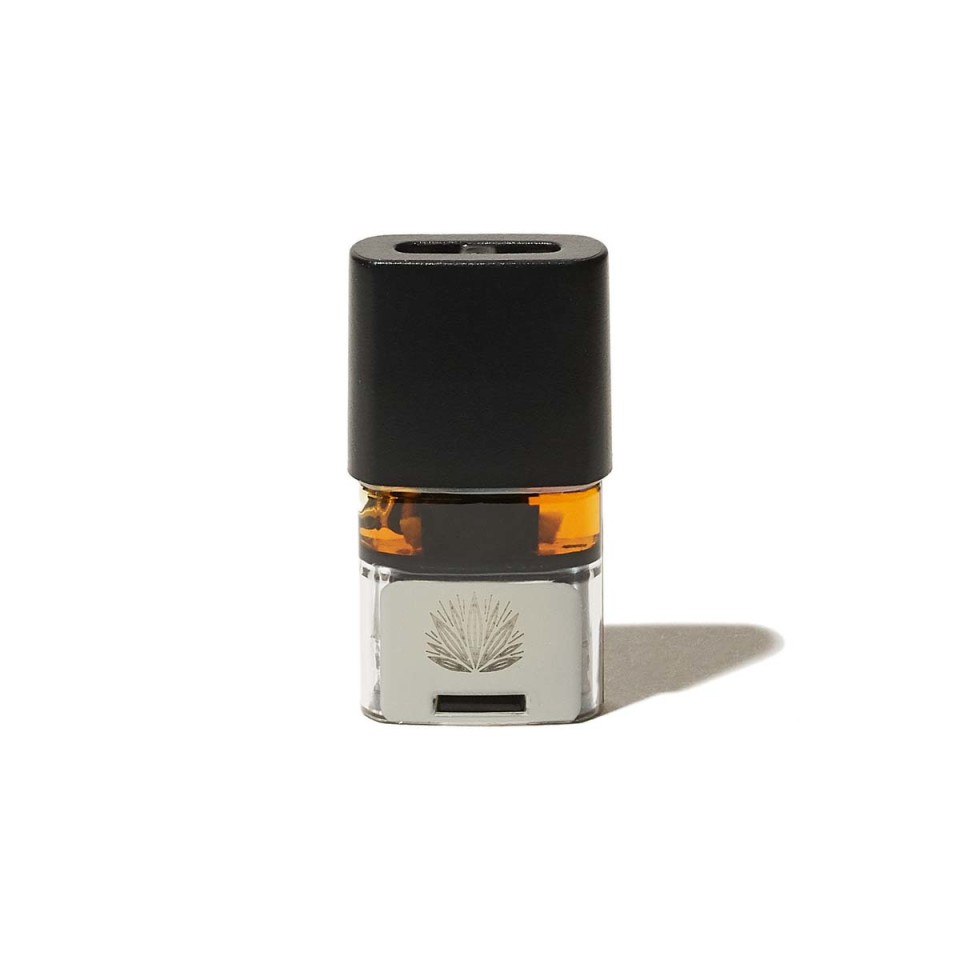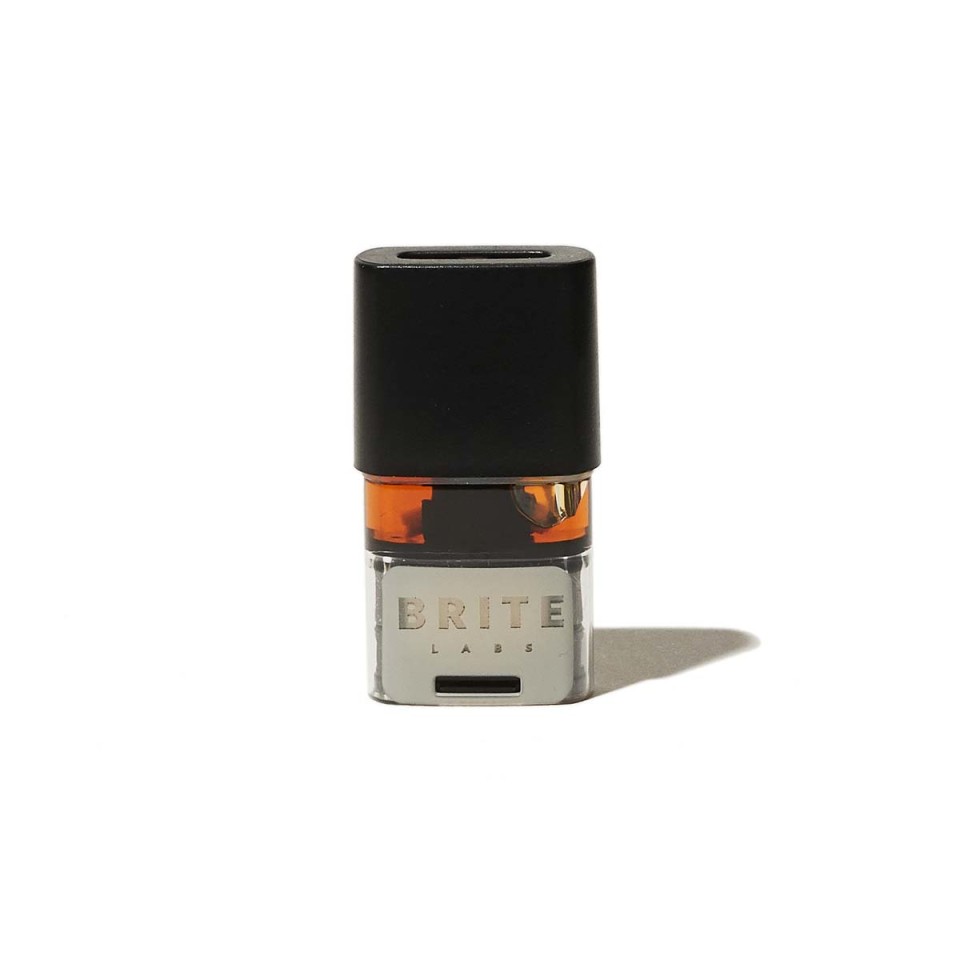MEDICAL BENEFITS OF MARIJUANA


MEDICAL BENEFITS OF MARIJUANA | Frikish Marijuana Dispensary dismantles every impossibility faced when you Contact. As a result of the rapid growth of recreational marijuana in the USA and Canada, we realize the urgency to create a platform through which people can afford to order the best quality of weed online. That’s not all, our 420 mail order dispensary musters the best and most trusted brands of marijuana existing in the world. Thus one can have easy access to weed for sale on the go, without having to search for “any pot MEDICAL BENEFITS OF MARIJUANA near me”.
MEDICAL BENEFITS OF MARIJUANA


Frikish Marijuana Dispensary dismantles every impossibility faced when you Contact. As a result of the rapid growth of recreational marijuana in the USA and Canada, we realize the urgency to create a platform through which people can afford to order the best quality of weed online. That’s not all, our 420 mail order dispensary musters the best and most trusted brands of marijuana existing in the world. Thus one can have easy access to weed for sale on the go, without having to search for “any pot MEDICAL BENEFITS OF MARIJUANA near me”.
MEDICAL BENEFITS OF MARIJUANA


Frikish Marijuana Dispensary dismantles every impossibility faced when you Contact. As a result of the rapid growth of recreational marijuana in the USA and Canada, we realize the urgency to create a platform through which people can afford to order the best quality of weed online. That’s not all, our 420 mail order dispensary musters the best and most trusted brands of marijuana existing in the world. Thus one can have easy access to weed for sale on the go, without having to search for “any pot MEDICAL BENEFITS OF MARIJUANA near me”.
MEDICAL BENEFITS OF MARIJUANA


Frikish Marijuana Dispensary dismantles every impossibility faced when you Contact. As a result of the rapid growth of recreational marijuana in the USA and Canada, we realize the urgency to create a platform through which people can afford to order the best quality of weed online. That’s not all, our 420 mail order dispensary musters the best and most trusted brands of marijuana existing in the world. Thus one can have easy access to weed for sale on the go, without having to search for “any pot MEDICAL BENEFITS OF MARIJUANA near me”.
c About MePod
MEDICAL BENEFITS OF MARIJUANA


MEDICAL BENEFITS OF MARIJUANA | Frikish Marijuana Dispensary dismantles every impossibility faced when you Contact. As a result of the rapid growth of recreational marijuana in the USA and Canada, we realize the urgency to create a platform through which people can afford to order the best quality of weed online. That’s not all, our 420 mail order dispensary musters the best and most trusted brands of marijuana existing in the world. Thus one can have easy access to weed for sale on the go, without having to search for “any pot MEDICAL BENEFITS OF MARIJUANA near me”.
MEDICAL BENEFITS OF MARIJUANA


Frikish Marijuana Dispensary dismantles every impossibility faced when you Contact. As a result of the rapid growth of recreational marijuana in the USA and Canada, we realize the urgency to create a platform through which people can afford to order the best quality of weed online. That’s not all, our 420 mail order dispensary musters the best and most trusted brands of marijuana existing in the world. Thus one can have easy access to weed for sale on the go, without having to search for “any pot MEDICAL BENEFITS OF MARIJUANA near me”.
MEDICAL BENEFITS OF MARIJUANA


Frikish Marijuana Dispensary dismantles every impossibility faced when you Contact. As a result of the rapid growth of recreational marijuana in the USA and Canada, we realize the urgency to create a platform through which people can afford to order the best quality of weed online. That’s not all, our 420 mail order dispensary musters the best and most trusted brands of marijuana existing in the world. Thus one can have easy access to weed for sale on the go, without having to search for “any pot MEDICAL BENEFITS OF MARIJUANA near me”.
MEDICAL BENEFITS OF MARIJUANA


Frikish Marijuana Dispensary dismantles every impossibility faced when you Contact. As a result of the rapid growth of recreational marijuana in the USA and Canada, we realize the urgency to create a platform through which people can afford to order the best quality of weed online. That’s not all, our 420 mail order dispensary musters the best and most trusted brands of marijuana existing in the world. Thus one can have easy access to weed for sale on the go, without having to search for “any pot MEDICAL BENEFITS OF MARIJUANA near me”.
c About MePod
MEDICAL BENEFITS OF MARIJUANA


MEDICAL BENEFITS OF MARIJUANA | Frikish Marijuana Dispensary dismantles every impossibility faced when you Contact. As a result of the rapid growth of recreational marijuana in the USA and Canada, we realize the urgency to create a platform through which people can afford to order the best quality of weed online. That’s not all, our 420 mail order dispensary musters the best and most trusted brands of marijuana existing in the world. Thus one can have easy access to weed for sale on the go, without having to search for “any pot MEDICAL BENEFITS OF MARIJUANA near me”.
MEDICAL BENEFITS OF MARIJUANA


Frikish Marijuana Dispensary dismantles every impossibility faced when you Contact. As a result of the rapid growth of recreational marijuana in the USA and Canada, we realize the urgency to create a platform through which people can afford to order the best quality of weed online. That’s not all, our 420 mail order dispensary musters the best and most trusted brands of marijuana existing in the world. Thus one can have easy access to weed for sale on the go, without having to search for “any pot MEDICAL BENEFITS OF MARIJUANA near me”.
MEDICAL BENEFITS OF MARIJUANA


Frikish Marijuana Dispensary dismantles every impossibility faced when you Contact. As a result of the rapid growth of recreational marijuana in the USA and Canada, we realize the urgency to create a platform through which people can afford to order the best quality of weed online. That’s not all, our 420 mail order dispensary musters the best and most trusted brands of marijuana existing in the world. Thus one can have easy access to weed for sale on the go, without having to search for “any pot MEDICAL BENEFITS OF MARIJUANA near me”.
MEDICAL BENEFITS OF MARIJUANA


Frikish Marijuana Dispensary dismantles every impossibility faced when you Contact. As a result of the rapid growth of recreational marijuana in the USA and Canada, we realize the urgency to create a platform through which people can afford to order the best quality of weed online. That’s not all, our 420 mail order dispensary musters the best and most trusted brands of marijuana existing in the world. Thus one can have easy access to weed for sale on the go, without having to search for “any pot MEDICAL BENEFITS OF MARIJUANA near me”.
c About MePod
medical marijuana can be use to treat chronic pain.
A recent report by the National Academies of Sciences, Engineering, and Medicine said there was definitive evidence that cannabis or cannabinoids (which are found in the marijuana plant) can be an effective treatment for chronic pain.
The report said that is “by far the most common” reason people request medical marijuana.
medical cannabis can help with muscle spasms.
That same report said there’s equally strong evidence marijuana can help with muscle spasms related to multiple sclerosis.
Other types of muscle spasms respond to marijuana as well. People use medical marijuana to treat diaphragm spasms that are untreatable by other, prescribed medications.
It doesn’t seem to harm lung capacity, and may even improve it.
There’s a fair amount of evidence that marijuana does no harm to the lungs, unless you also smoke tobacco. One study published in Journal of the American Medical Association found that not only does marijuana not impair lung function, it may even increase lung capacity.
Researchers looking for risk factors of heart disease tested the lung function of 5,115 young adults over the course of 20 years. Tobacco smokers lost lung function over time, but pot users actually showed an increase in lung capacity.
It’s possible that the increased lung capacity may be due to taking a deep breaths while inhaling the drug and not from a therapeutic chemical in the drug.
The smokers in that study only toked up a few times a month, but a more recent survey of people who smoked pot daily for up to 20 years found no evidence that smoking pot harmed their lungs, either.
The National Academies report said there are good studies showing marijuana users are not more likely to have cancers associated with smoking.
It may be of some use in treating glaucoma, or it may be possible to derive a drug from marijuana for this use.
One of the most common reasons that states allow medical marijuana use is to treat and prevent the eye disease glaucoma, which increases pressure in the eyeball, damaging the optic nerve and causing loss of vision.
Marijuana decreases the pressure inside the eye, according to the National Eye Institute: “Studies in the early 1970s showed that marijuana, when smoked, lowered intraocular pressure (IOP) in people with normal pressure and those with glaucoma.”
For now, the medical consensus is that marijuana only lowers IOP for a few hours, meaning there’s not good evidence for it as a long term treatment right now. Researchers hope that perhaps a marijuana-based compound could be developed that lasts longer.
hope that perhaps a marijuana-based compound could be developed that lasts longer.
It may help control epileptic seizures.
Some studies have shown that cannabidiol (CBD), another major marijuana compound, seems to help people with treatment-resistant epilepsy.
A number of individuals have reported that marijuana is the only thing that helps control their or their children’s seizures.
However, there haven’t been many gold-standard, double-blind studies on the topic, so researchers say more data is needed before we know how effective marijuana is.
It also decreases the symptoms of a severe seizure disorder known as Dravet’s Syndrome.
During the research for his documentary “Weed,” Sanjay Gupta interviewed the Figi family, who treated their 5-year-old daughter using a medical marijuana strain high in cannabidiol and low in THC.
The Figi family’s daughter, Charlotte, has Dravet Syndrome, which causes seizures and severe developmental delays.
According to the film, the drug decreased her seizures from 300 a week to just one every seven days. Forty other children in the state were using the same strain of marijuana to treat their seizures when the film was made — and it seemed to be working.
The doctors who recommended this treatment said the cannabidiol in the plant interacts with brain cells to quiet the excessive activity in the brain that causes these seizures.
Gupta notes, however, that a Florida hospital that specializes in the disorder, the American Academy of Pediatrics, and the Drug Enforcement agency don’t endorse marijuana as a treatment for Dravet or other seizure disorders.
A chemical found in marijuana stops cancer from spreading, at least in cell cultures.
CBD may help prevent cancer from spreading, researchers at California Pacific Medical Center in San Francisco reported in 2007.
Other very preliminary studies on aggressive brain tumors in mice or cell cultures have shown that THC and CBD can slow or shrink tumors at the right dose, which is a strong reason to do more research.
One 2014 study found that marijuana can significantly slow the growth of the type of brain tumor associated with 80% of malignant brain cancer in people.
Still, these findings in cell cultures and animals don’t necessarily mean the effect will translate to people — far more investigation is needed.
It may decrease anxiety in low doses.
Researchers know that many cannabis users consume marijuana to relax, but also that many people say smoking too much can cause anxiety. So scientists conducted a study to find the “Goldilocks” zone: the right amount of marijuana to calm people.
According to Emma Childs, an associate professor of psychiatry at the University of Illinois at Chicago and an author of the study, “we found that THC at low doses reduced stress, while higher doses had the opposite effect.”
A few puffs was enough to help study participants relax, but a few puffs more started to amp up anxiety. However, people may react differently in different situations.
It seems to lessen side effects from treating hepatitis C and increase treatment effectiveness.
Treatment for hepatitis C infection is harsh: negative side effects include fatigue, nausea, muscle aches, loss of appetite, and depression. Those side effects can last for months, and lead many people to stop their treatment course early.
But a 2006 study in the European Journal of Gastroenterology and Hepatology found that 86% of patients using marijuana successfully completed their Hep C therapy. Only 29% of non-smokers completed their treatment, possibly because the marijuana helps lessen the treatment’s side effects.
Marijuana also seems to improve the treatment’s effectiveness: 54% of hep C patients smoking marijuana got their viral levels low and kept them low, in comparison to only 8% of nonsmokers.
Marijuana users tend to be less obese and have a better response to eating sugar.
A study published in the American Journal Of Medicine suggested that pot smokers are skinnier than the average person and have healthier metabolism and reaction to sugars, even though they do end up eating more calories.
The study analyzed data from more than 4,500 adult Americans — 579 of whom were current marijuana smokers, meaning they had smoked in the last month. About 2,000 people had used marijuana in the past, while another 2,000 had never used the drug.
The researchers studied how the participants’ bodies responded to eating sugars. They measured blood-sugar levels and the hormone insulin after participants hadn’t eaten in nine hours, and after they’d eaten sugar.
Not only were pot users thinner, their bodies also had a healthier response to sugar. Of course, the study couldn’t determine whether the marijuana users were like this to begin with or if these characteristics were somehow related to their smoking.
It can help eliminate nightmares
This is a complicated one, because it involves effects that can be both positive and negative. Marijuana disturbs sleep cycles by interrupting the later stages of REM sleep. In the long run, this could be a problem for frequent users.
However, for people suffering from serious nightmares, especially those associated with PTSD, this can be helpful, perhaps in the short term. Nightmares and other dreams occur during those same stages of sleep. By interrupting REM sleep, many of those dreams may not occur. Research into using a synthetic cannabinoid — similar to THC but not the same — showed a significant decrease in the number of nightmares in patients with PTSD.
Additionally, even if frequent use can be bad for sleep, marijuana may be a better sleep aid than some other substances that people use. Some of those, including medication and alcohol, may potentially have worse effects on sleep, though more research is needed on the topic.
Related



